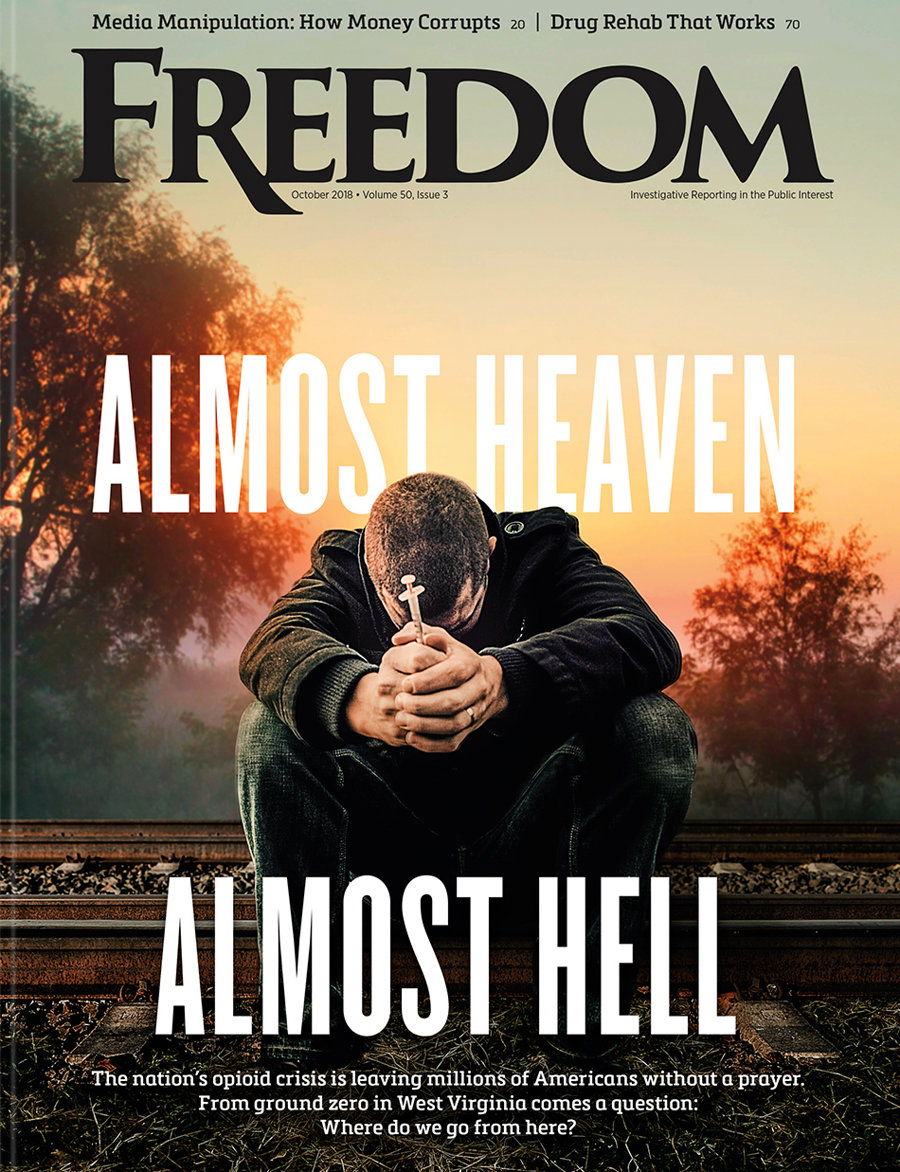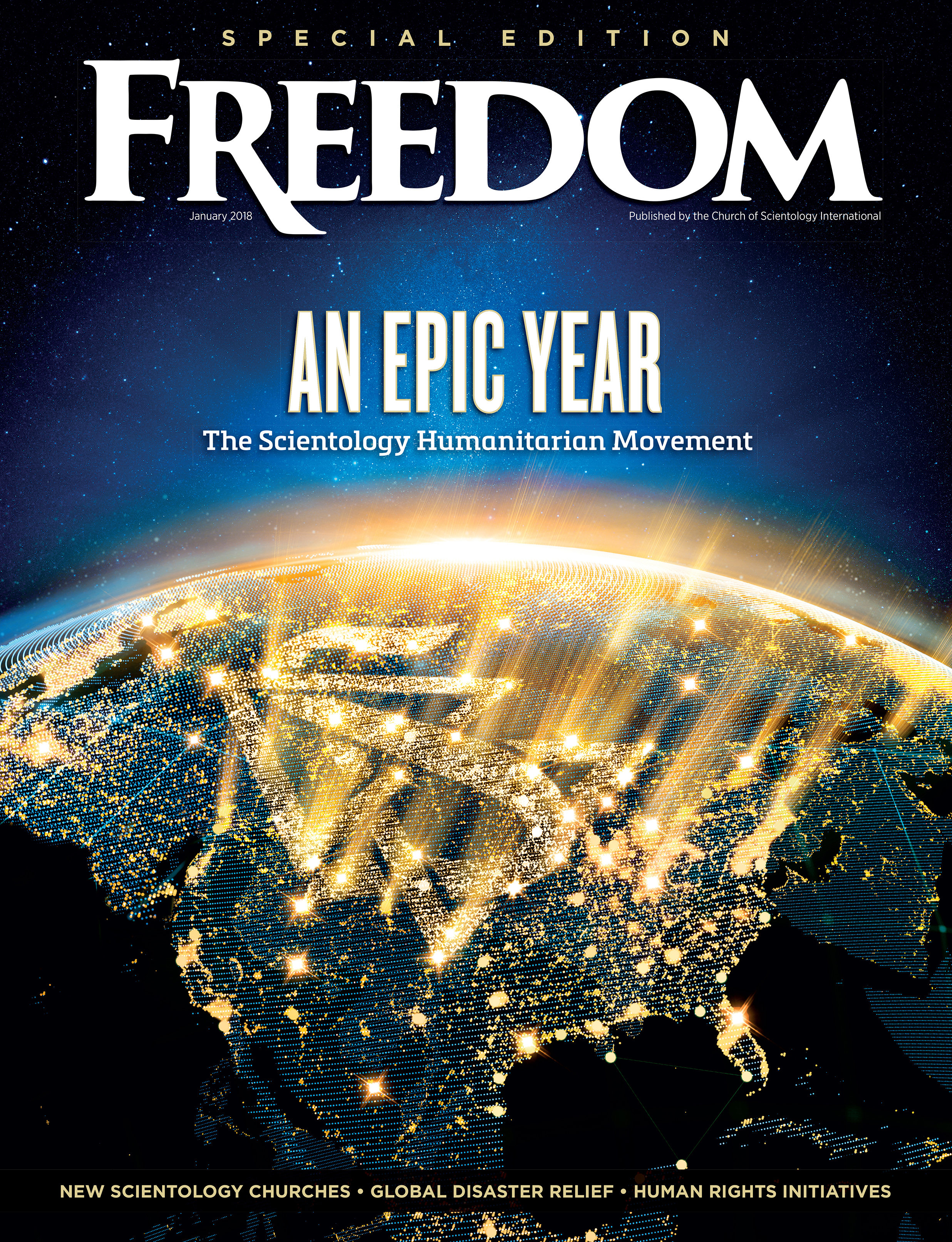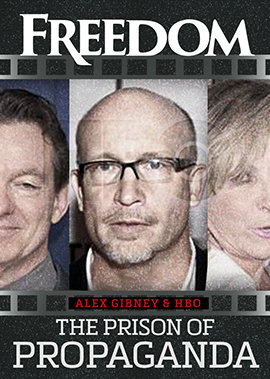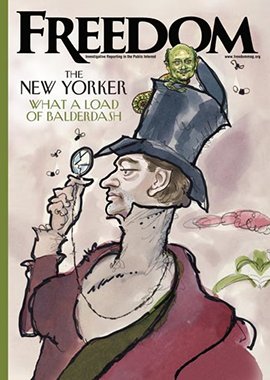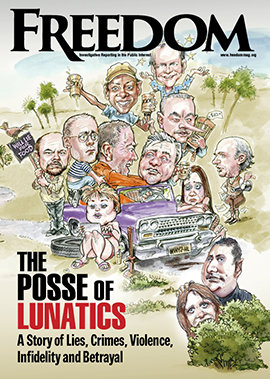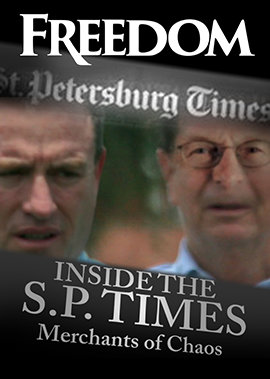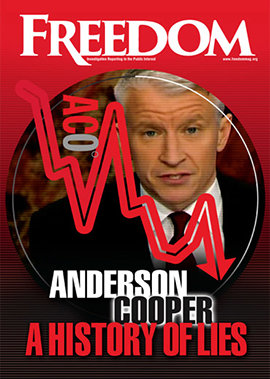The psychiatric community awoke one morning in mid-January to find the foundations of their cash-cow alliance with Big Pharma yanked out from underneath them—and by one of their own.
A new history of antidepressants, authored by a psychiatrist, doesn’t so much make the case for the falsehood of the chemical treatment of depression as it does annihilate it.
Granularly researched with evidence as airtight as it is brutal, Chemically Imbalanced: The Making and Unmaking of the Serotonin Myth by Dr. Joanna Moncrieff, a professor of psychiatry at University College London, indicts and convicts her entire industry for knowingly hawking deadly drugs on the for-profit pretense of “treating” depression.
“Chemical imbalance.” It was multisyllabic enough to market.
Dr. Moncrieff resolved to unmask the fraud after leading a team of five top UK and European specialists on a review of studies to determine if there was, in fact, a relationship between the chemical serotonin and depression. Since the 1960s, psychiatrists have insisted—in articles, papers, websites and every platform they could shout from—that a “below-normal” amount of the so-called “feel-good” chemical serotonin is the cause of misery. Then, with the advent of “Selective Serotonin Reuptake Inhibitor” (SSRI) antidepressants in the 1990s, “chemical imbalance” became the Golden Calf psychiatrists and pharmaceutical giants worshipped: Simply jack up the depressed person’s serotonin with antidepressant snake-oil drugs that enrich psychiatrists and Big Pharma and thus remedy that “chemical imbalance.”
But Dr. Moncrieff and her team have thrown cold water on the “you’re-depressed-because-you-need-your-chemicals-rebalanced” party. In findings published in the journal Molecular Psychiatry, she concluded that “there is no evidence of a connection between reduced serotonin levels of activity and depression.”

And with Dr. Moncrieff’s new book, those findings—along with incriminating evidence of an industry-wide cover-up—are now in broadly available form for the public. It all adds up to a bombshell landing smack in ground zero of that most sacred of holy places for the psychiatric industry: their wallets.
Chemically Imbalanced traces the evolution of the “chemical imbalance” theory back to the 50s, when psychiatrists dreamed of being accorded a seat at the big kids’ table with real doctors—those who actually cure things—through the 60s, when the notion of chemical imbalance had its first flowering, and into the 90s and beyond, when antidepressants became the psychiatrists’ meal ticket. Psychiatrists wanted their myriad voted-into-existence disorders to be accorded the same respect as physical pathologies that can be measured with stethoscopes and thermometers—and thus treated the same way: with medicine.
“Chemical imbalance.” It was multisyllabic enough to market.
The trouble, according to Dr. Moncrieff, is that’s all the “chemical imbalance” gambit ever was: a marketing ploy. And the “wonder” drugs used as a cure-all to man’s misery and woe are—and have always been—in reality, poisons. Yet their use has exploded faster than the bubonic plague. In America, 15.5 million people—or the combined populations of Los Angeles, Chicago and New York City—have been on antidepressants for at least five years. That’s double what it was in 2010 and more than triple since 2000. In England, 8.6 million—nearly 20 percent of the nation’s adults—took antidepressants between 2022 and 2023, despite the 2019 position statement from the Royal College of Psychiatrists in the UK acknowledging the fallacy of the claim that antidepressants “correct a chemical imbalance in the brain.”
One wonders how psychiatrists and pharmaceutical executives (read “drug lords”) can look at themselves in the mirror.
“People have been profoundly misled about antidepressants. Not only have they never been shown to rectify a chemical imbalance or any other abnormality, but … they actually interfere with the normal state of the brain, just like alcohol and other mind-altering drugs. This is how they can produce potentially devastating side effects—from rare suicidal thoughts to severe sexual problems,” Dr. Moncrieff writes.
How? How? How could psychiatrists and their fawning pharma-funded media pals continue to peddle the chemical imbalance hoax when clinical trial after clinical trial proved it was bogus? Dr. Moncrieff asks the same question: “What are we to make of the fact that antidepressants, among the most commonly used drugs of modern times, have not been convincingly shown to be beneficial, either in the short term or the long term?”

Well, they “fiddled” (Dr. Moncrieff’s word) the data. Who is “they”? Those who prefer profits to people: Big Pharma and Big Psych—the two industries in a twisted dance, arms entwined in an embrace forming the girdle of their mutual cash cow.
One trial, which has become known as “the notorious Study 329,” demonstrated that the drug paroxetine was neither safe nor effective for young people. Far from it. Paroxetine is dangerous and potentially lethal (taking it can lead to suicidal behavior and aggression in children and adolescents). Yet with literally tens of thousands of pages of clinical data screaming “POISON,” the drugmakers replaced the skull-and-bones with a warm and fuzzy spin, saying that paroxetine showed “REMARKABLE efficacy and safety.” A bald-faced, blatant, deadly lie that was later exposed—but not before over 2 million prescriptions for paroxetine were written for young Americans in a single year.
Dr. Moncrieff’s initial 2022 paper, according to Psychology Today, was read by over 1 million people, “attracted international coverage” and sent “shockwaves through academic psychiatry.” It even made the Altmetric—the “Billboard” of scientific research—top 5 percent of all papers. There’s no reason to believe that her new book, which makes the same point for an even wider audience, won’t make an even bigger splash.
One wonders how psychiatrists and pharmaceutical executives (read “drug lords”) can look at themselves in the mirror, knowing they’re prescribing poison to innocent people who trust them. Worse still, they are so accustomed to hawking rather than healing that the chances are nil that they will mend their ways.
Instead, we can anticipate a whole new marketing campaign countering Dr. Moncrieff’s findings (“Bad side effects are good for you!”) and all new branding (cold and clinical “Zoloft” and “Prozac” can be replaced with something more cuddlesome like “Nutri-Death”).
“Psychiatry is a profoundly political enterprise,” Dr. Moncrieff wrote. “The way we understand the problems we now refer to as ‘mental disorders’ is strongly influenced by social and political requirements.... The ‘myth of mental illness’ endures because it is useful.”
Substitute “profitable” for “useful,” and you’ve got the idea.
How, then, do we treat depression if the reason Ethan feels upset that Brenda left him is not related to a deficiency of serotonin in his cranium? What, then, do we do with Aunt Martha, who is still grieving about the death of Uncle Tim a whole week after the funeral?
Dr. Moncrieff delivers the obvious, drugless answer: “First and foremost,” one must frame the treatment of depression in terms of “helping people to address the problems in their lives.”
Duh.






